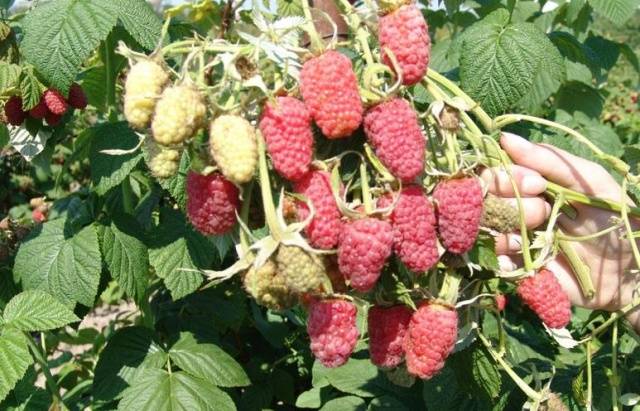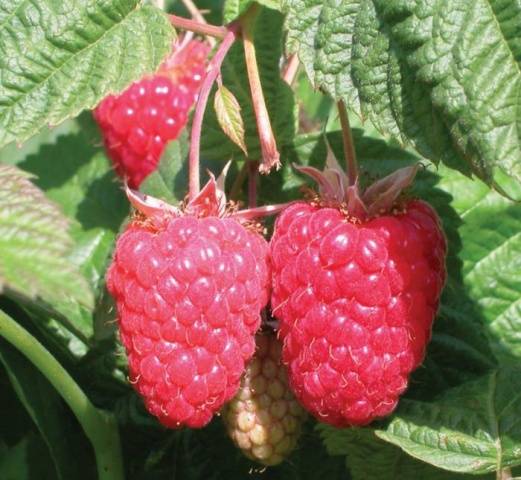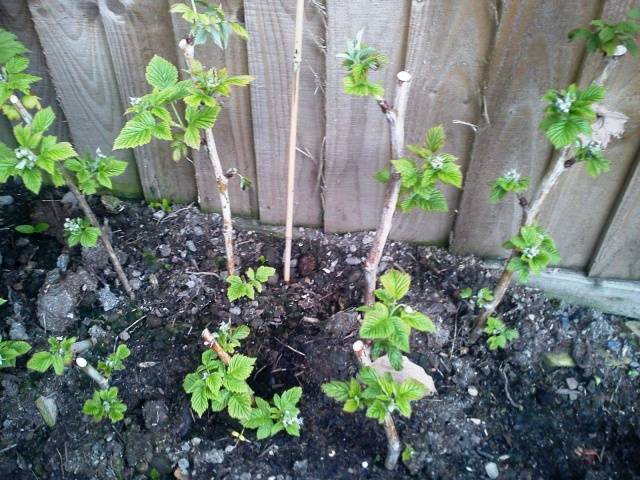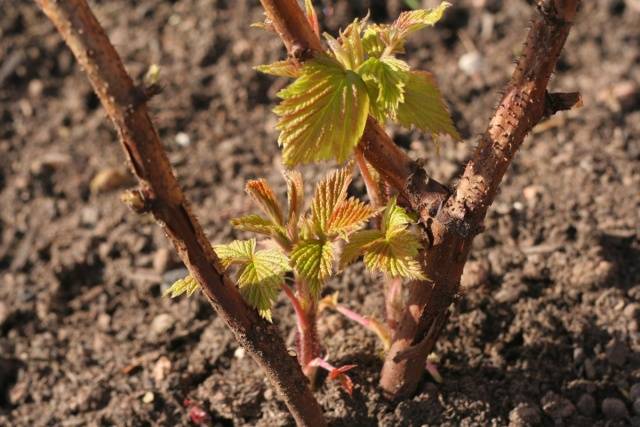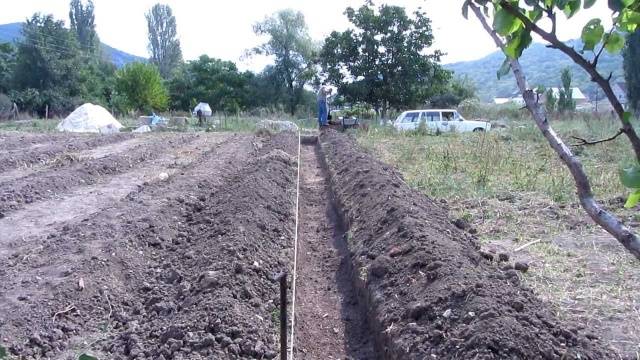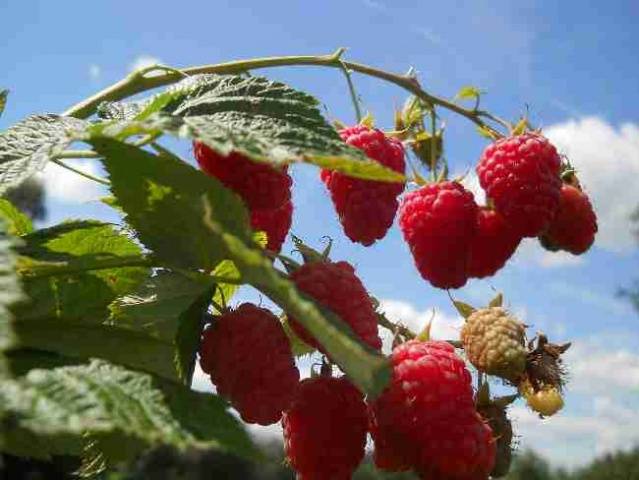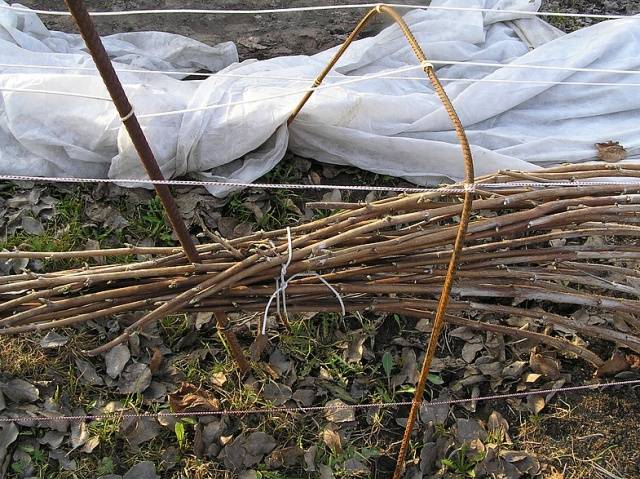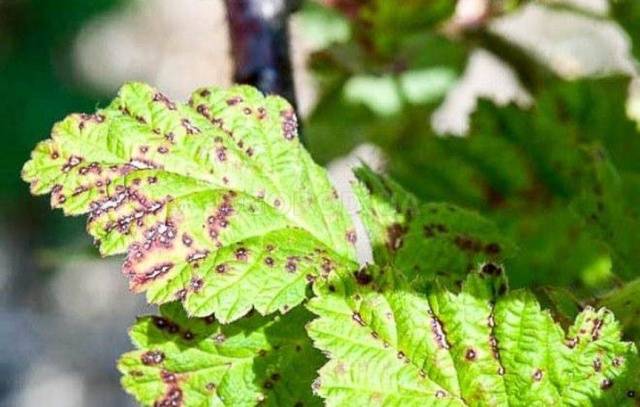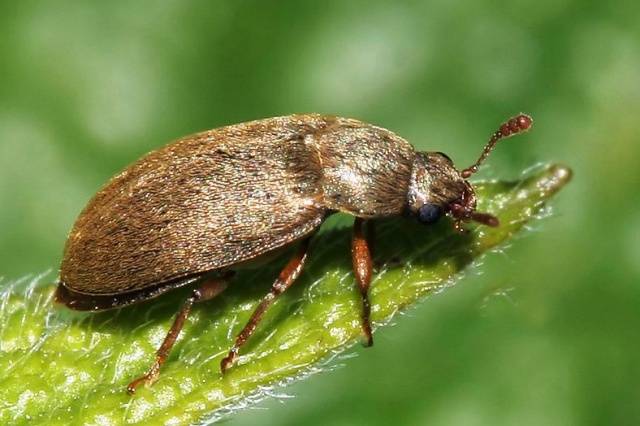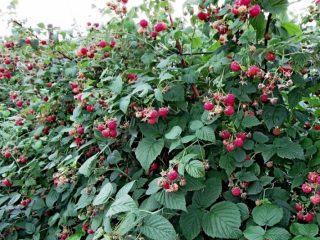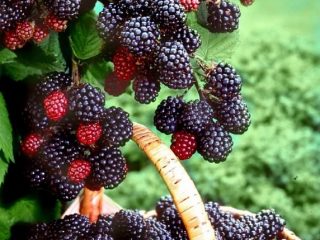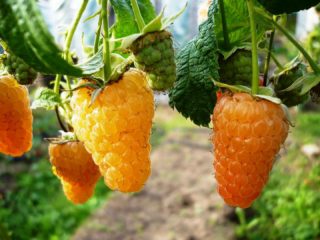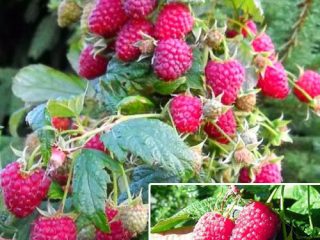Content
Raspberry Krasa Rossii is a large-fruited variety capable of producing a high yield. The shrub requires constant care, which includes watering, loosening the soil and tying up the shoots.
Variety breeds seedlings and side shoots. Raspberries are planted in trenches, and fertilizer must be applied to the soil. The beauty of Russia is not suitable for long-term storage or transportation, therefore it is usually grown for further processing or personal use.
Description of the variety
Raspberry Krasa Russia is considered one of the best varieties bred in 1990 by the domestic breeder V.V. Kichina. This name was given to raspberries for their outstanding external and taste qualities.
The characteristics of the Kras of Russia variety are as follows:
- medium-sized shrub 1.6 m high;
- the stems are sturdy;
- raspberries do not have thorns;
- large embossed leaves of a dark green color;
- large flowers;
- high frost resistance (withstands up to -25 ° С in winter, with high snow cover - up to -35 ° С).
Raspberry Krasa Russia is a compact shrub that does not take up much free space.
During the season, up to ten new shoots appear in raspberries, and the number of root suckers is more than five. Many whiskers develop on fruiting shoots and up to 20 berries ripen.
The fruits of the variety correspond to the following description:
- weighing from 4 to 12 g;
- conical shape;
- with a pronounced sweet taste and aroma.
Yield
The variety has an average ripening period. In this case, the fruiting period is extended in time. The first harvest of raspberries is obtained at the beginning of July, while the mass ripening of fruits occurs towards the end of the month.
About 4.5 kg of fruits are harvested from one raspberry bush. During the season, you can harvest up to 5 times. The variety is not remontant; therefore, the berries ripen in one period.
A few hours after harvest, it is recommended to use the fruits fresh or send them for processing. Otherwise, the raspberries will go bad. To increase the shelf life, it is necessary to pick the berries without separating from the stalk.
The fruits of the variety are harvested in dry weather in the absence of dew or rain. When exposed to moisture, the keeping quality of berries deteriorates significantly.
Raspberry Krasa Russia is suitable for making jam or jam. The fruits can be dried or frozen, then their shelf life is increased to two years.
Reproduction
The Kras of Russia raspberry variety can be purchased as seedlings. Planting material is chosen with a good root system and powerful shoots.
Another way of breeding Kras of Russia raspberries is the use of root shoots. Shoots are selected at the end of May, when their length is 20 cm. Especially many branches appear on raspberries in dry and warm weather.
Selected shoots should have a high-quality white root system. Shoots that are too long must be shortened.
Landing order
The fruiting and quality of the crop depends on the correct choice of a place for growing a variety. Raspberries grow best on fertile loamy soil with good lighting. When planting the Kras of Russia raspberry variety, fertilizers must be applied to the soil.
Choosing a place for growing
Raspberries grow in well-lit areas without darkening.It is best to choose places for gardening near fences or other fences that become a natural barrier to the wind.
It is not recommended to grow raspberries near potatoes, strawberries and fruit trees, as they are susceptible to similar diseases. Under the raspberry tree, you can equip a garden bed where vegetables, gooseberries or currants were previously grown.
For raspberries, light fertile loam is used. When grown on sandy soil, plants require annual feeding.
Landing scheme
Raspberries are planted in spring (April or May) or autumn (September or October). The trench method is best suited for planting raspberries. Depending on the size of the site and the number of seedlings, it is necessary to determine how many rows are required for planting.
The order of planting raspberries includes several stages:
- First, trenches are prepared with a depth of 0.4 m and a width of 0.5 m.A distance of up to 1.2 m is left between them.
- Rotted manure or compost (up to 10 cm layer) is placed at the bottom of the pit.
- Then superphosphate (15 g) and vermicompost up to 3 cm thick are poured.
- Plants are planted in trenches every meter and covered with fertile soil. You can add some ash to it to improve the flavor of the berries.
- The soil is compacted, and the raspberries are watered.
- To maintain a high level of moisture, the soil is mulched with peat or straw.
Care rules
Care for the Kras of Russia variety should be carried out constantly. In the summer, it is necessary to water the plants, apply fertilizers and mulch the soil. In the fall, the bush is pruned and sheltered for the winter.
Pruning a bush
For normal development, the Kras of Russia variety must be cut off in order to avoid thickening of the plantings. In the first year, the bush should consist of 6 shoots, which are tied to a support.
When the plant reaches 0.8 m, it is necessary to equip the trellis. With its help, raspberries will be better illuminated by the sun, withstand strong winds and will not break under the weight of the fruit.
In the second year, up to 10 of the strongest shoots are left in raspberries, the rest are cut to the ground. Annual branches should be cut 15 cm.
In the fall, it is necessary to cut off dry two-year-old shoots. Their feature is the presence of a ripe bark. Annual branches are left as they will be harvested next year.
Watering raspberries
The beauty of Russia is drought-resistant, but regular watering will significantly increase the yield. Young plantings are watered once a week, each bush requires 6 liters of water.
When adding moisture, it is necessary to avoid its stagnation in order to prevent decay of the raspberry root system. Periodically, it is necessary to loosen the soil, which improves its aeration, prevents the development of diseases and improves the absorption of nutrients.
Fertilizer use
Fertilization improves the taste of berries and promotes the active development of raspberries. In the spring, you can feed the Beauty of Russia with a mullein solution in a ratio of 1:10.
Before loosening the soil under raspberries, it is necessary to use nitrogen fertilizers in the spring. Each square meter will require 10 g of urea and 12 g of ammonium nitrate.
In the summer, bone meal is used, which contains nutrients and acts as a mulching layer. In the autumn, after harvesting raspberries, wood ash is scattered over the beds.
Shelter for the winter
Although Krasa Rossii is a frost-resistant variety, its additional shelter will allow preserving plantings.In Russia, raspberries are sheltered at the end of September, the shoots must be lowered and sprinkled with earth. The upper part of the bush can be tied to pegs, and then covered with a special material.
It is necessary to cover the raspberries after the temperature drops so that the shoots do not vomit. After the snow melts, the shelter must be removed.
Disease protection
If the necessary care is observed, Krasa Rossii raspberry remains resistant to most diseases. With high humidity levels in summer, the cultivar is prone to gray rot and brown spot.
Gray rot is characterized by the spread of dark gray spots on crimson leaves. A gray coating appears on the fruits, which leads to their rotting.
Brown spot is determined by the presence of purple spots on the shoots. The disease begins in July and completely affects the stems in the fall. For the treatment of raspberries, Fitosporin or Nitrafen are used, which are diluted with water according to the instructions.
With insufficient care, raspberries are affected by chlorosis and spotty mosaic. Chlorosis develops in the middle of the season in the form of yellowing of the leaves. The mosaic appears as dark and light spots on the leaves. As a result, the raspberry yield is significantly reduced.
Pest control
Raspberry Beauty of Russia is susceptible to attack by a raspberry beetle. Its larvae are attracted to leaves, inflorescences and berries, resulting in damage to the entire shrub.
To get rid of the raspberry beetle, you need to periodically loosen and dig up the soil. Before flowering, raspberries are sprayed with a solution of potassium permanganate. A 10-liter bucket of water will require 5 g of the substance.
The raspberry weevil gnaws at the stalks, after which it lays eggs in the inflorescences. As a result, there is a significant decrease in yield. To combat the pest, a solution of the Iskra-M drug is prepared, which is taken 1 g per 1 ml of water. Processing is carried out after harvest.
When white spots appear on the leaves of raspberries, it is necessary to take measures to get rid of the spider mite. The pest sucks juice from the leaf plate, as a result of which it curls and falls off. To protect the raspberry tree, it is processed with Karbofos.
Gardeners reviews
Conclusion
According to gardeners, Krasa Rossii raspberry has good taste and is quite large. The disadvantage of the variety is the short storage period of the berries, so after harvesting, you need to immediately start processing them.
The beauty of Russia is demanding on the place of cultivation, therefore, it is necessary to provide plantings with access to the sun's rays, protection from the wind, regular watering and fertilization.The variety is suitable for planting in regions with cold winters and frequent summer precipitation. Subject to agricultural technology, raspberries remain resistant to diseases and pests.
